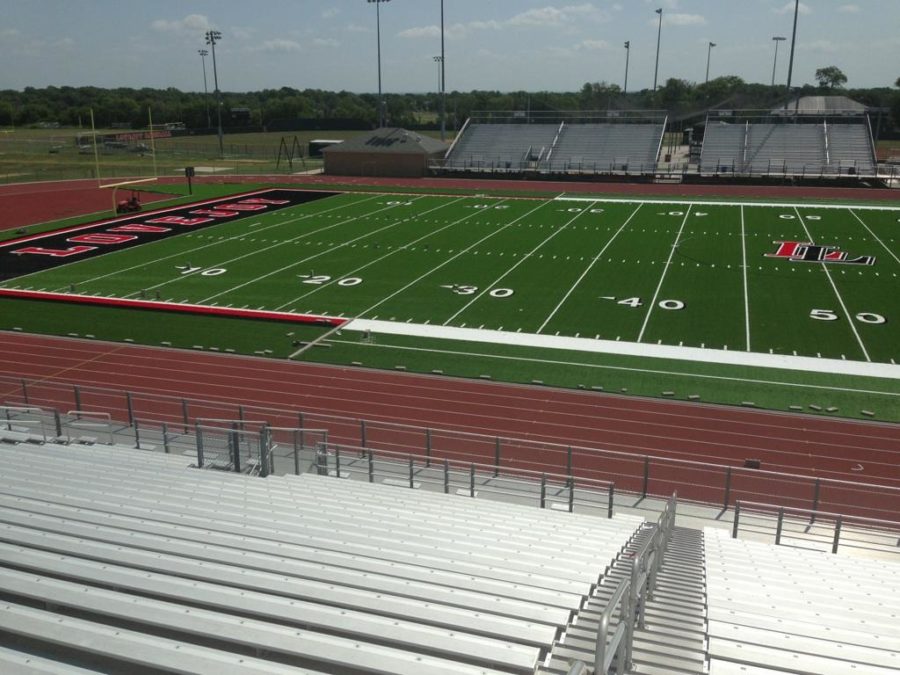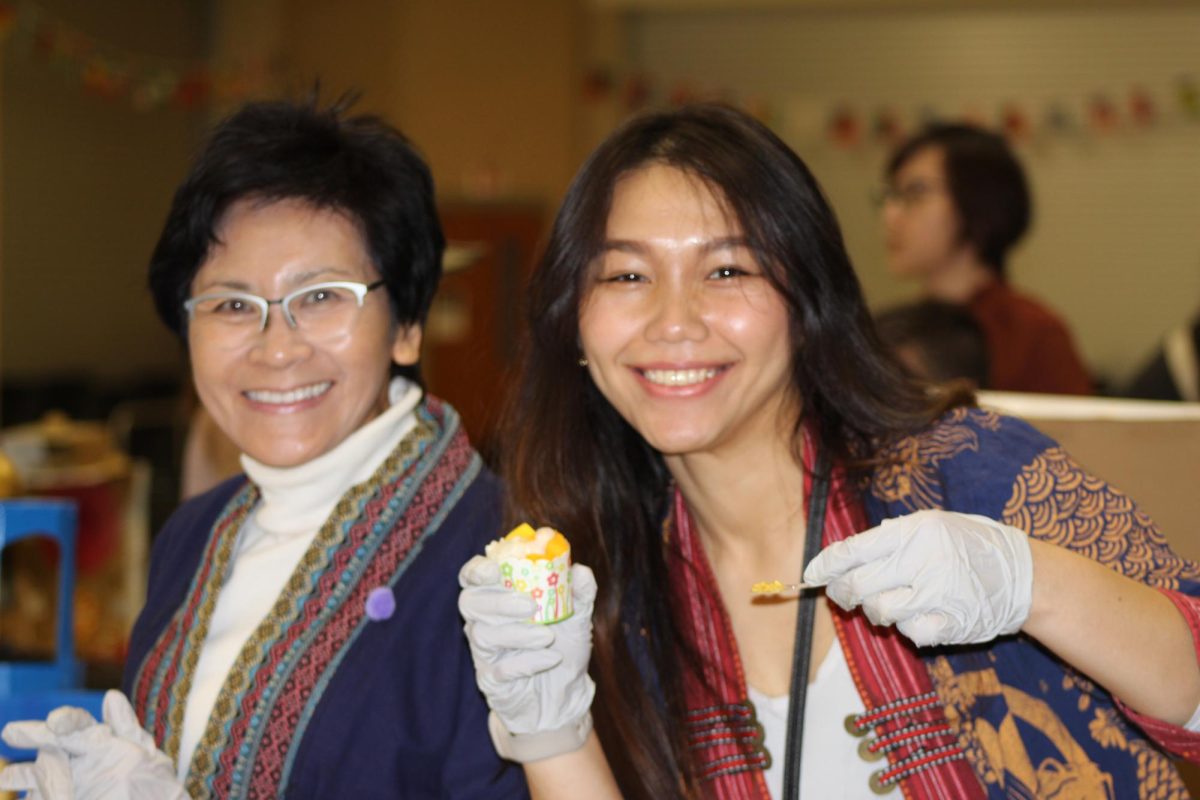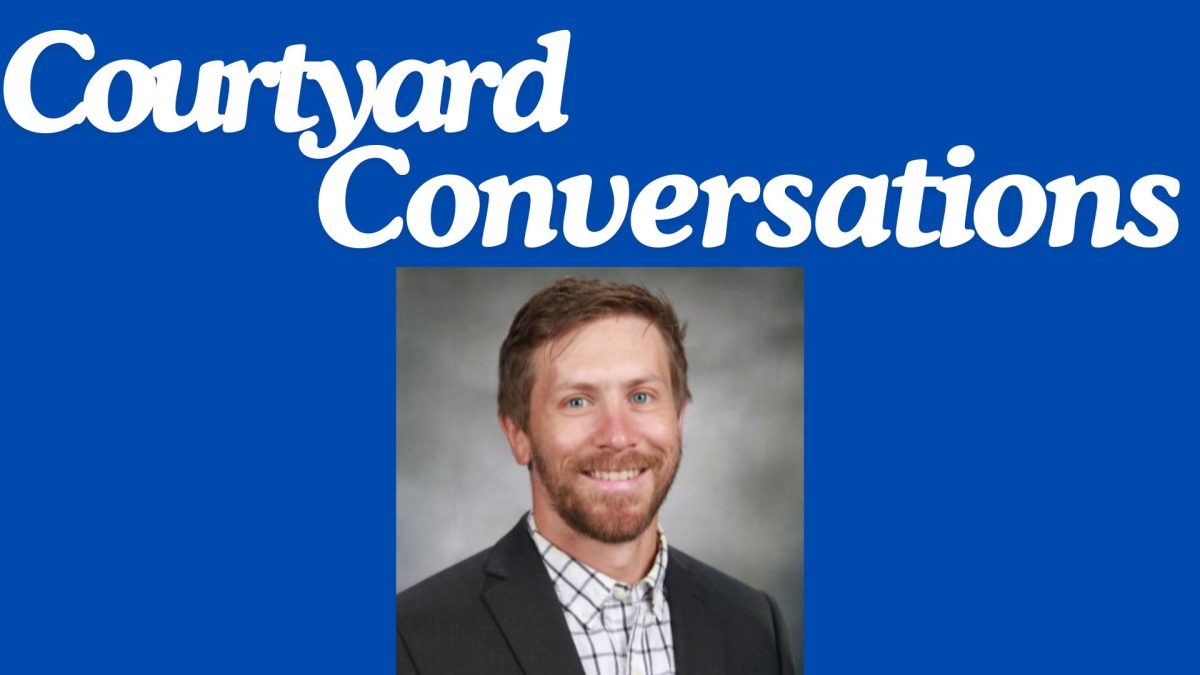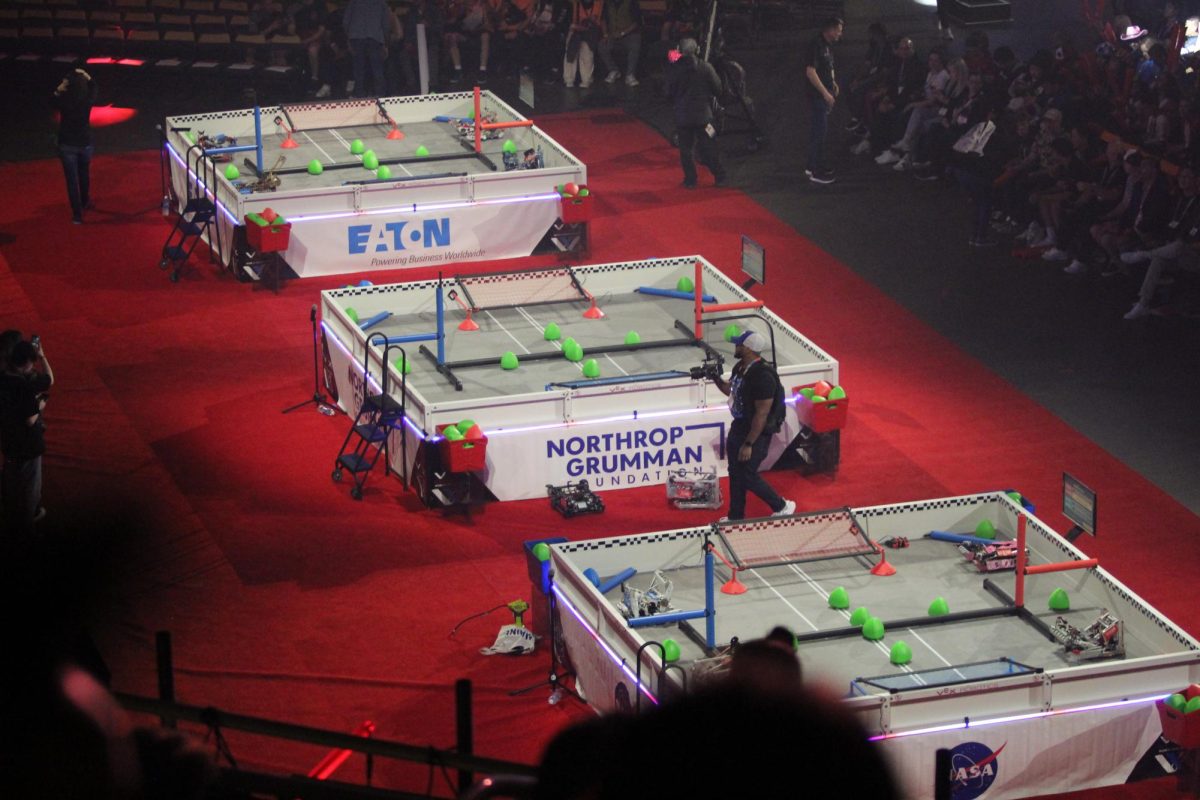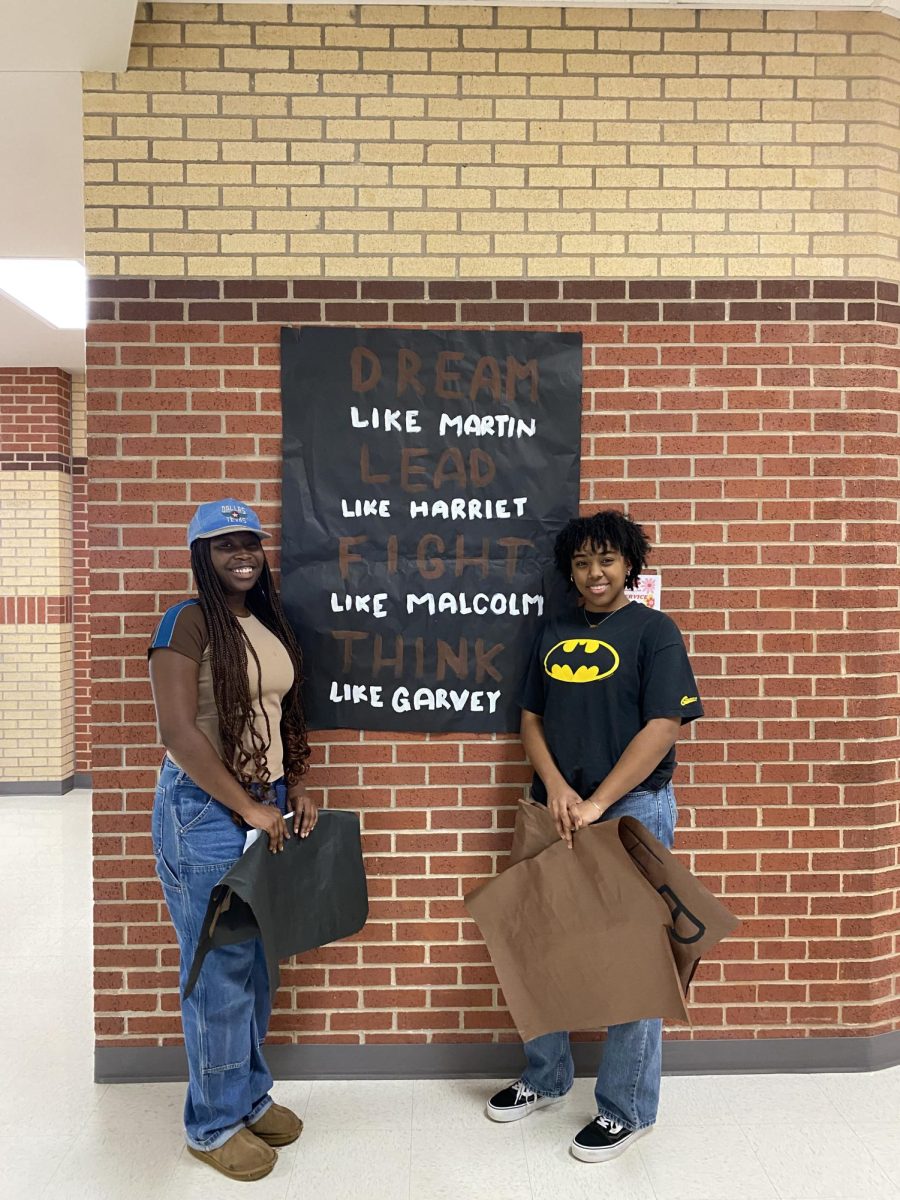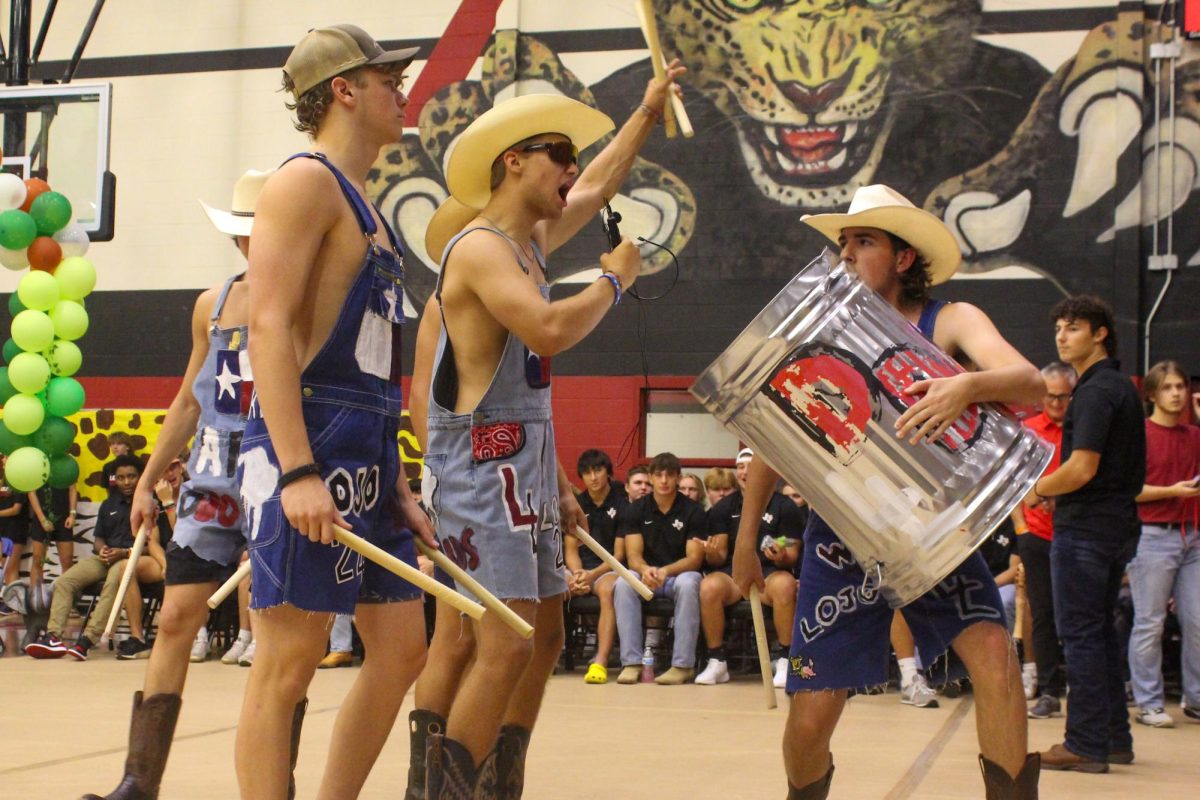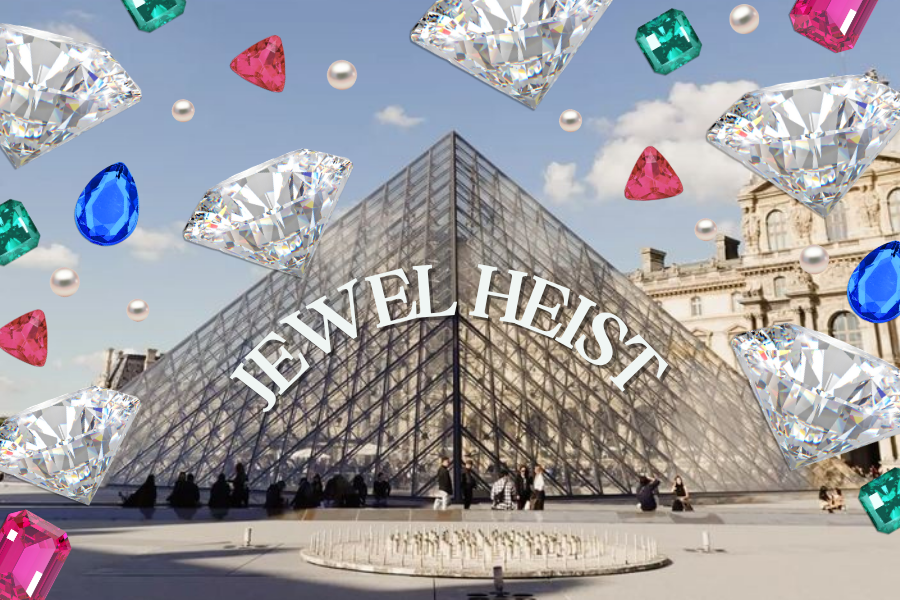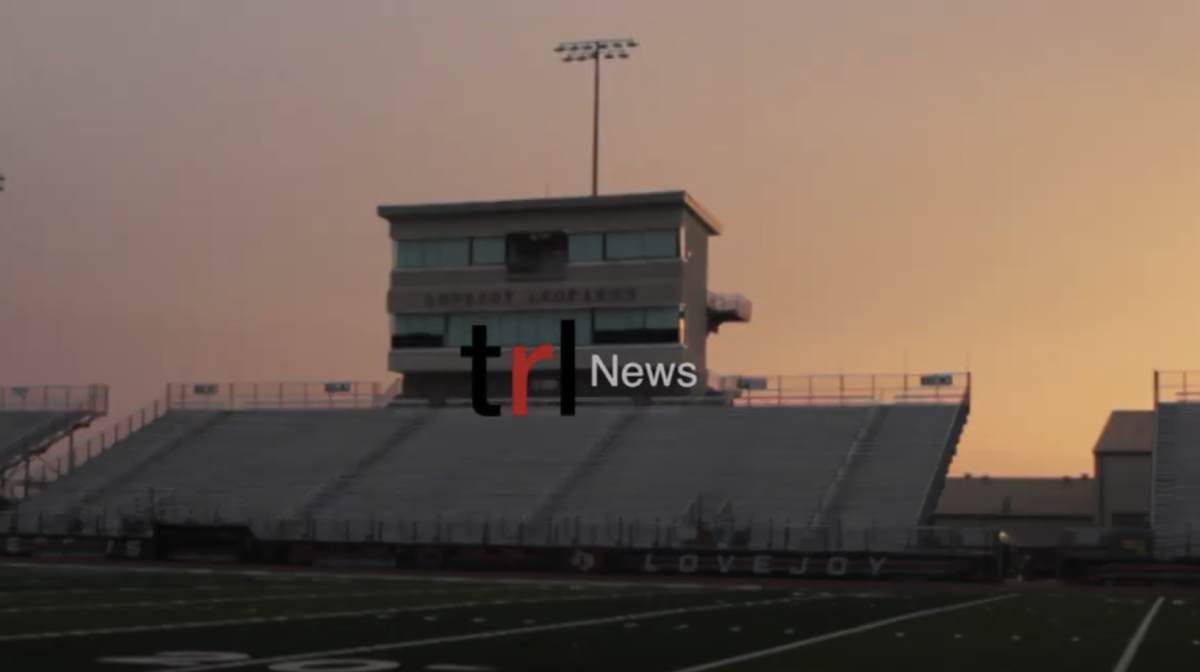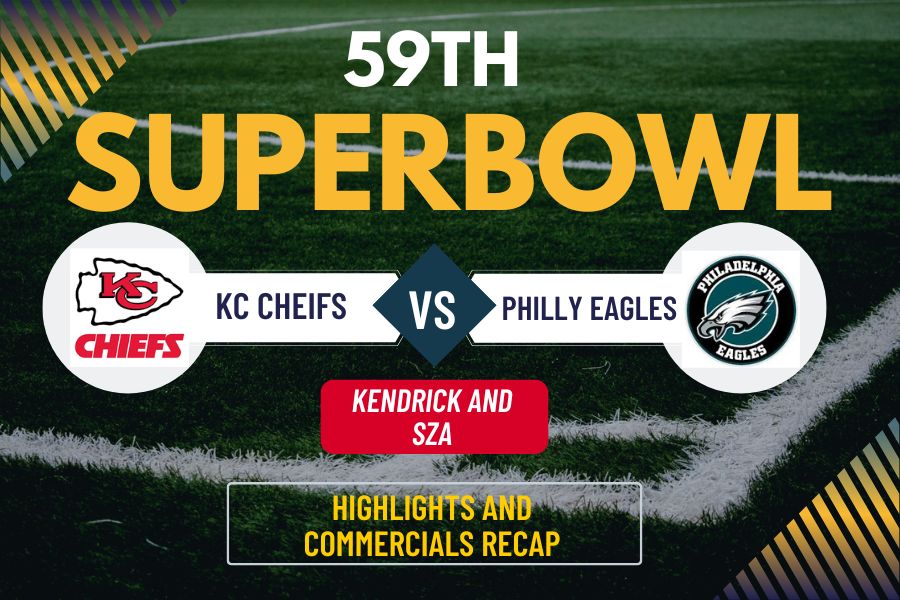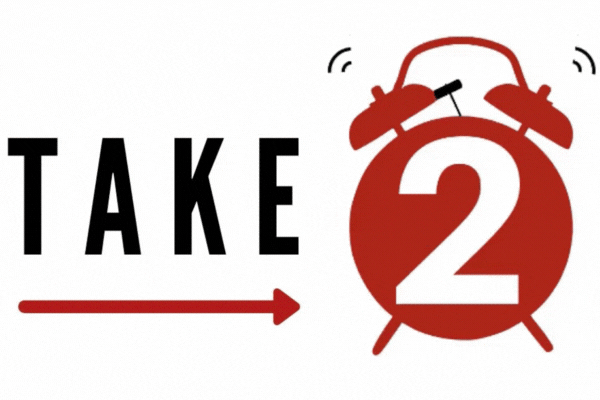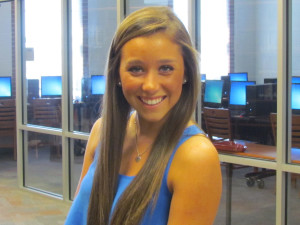The anticipation for football to start is building as a new year full of new opportunities and changes awaits. One of those changes is cosmetic as Leopard Stadium is undergoing a makeover featuring all new turf.
Work on the new turf began July 9 and was instantly all over Twitter as players and coaches alike were posting pictures and their thoughts about this change to the school’s field.
The change wasn’t for a new field though, but for the safety of the players.
“This spring we began to notice that our athletes that were playing in the stadium were getting abrasions from the turf,” superintendent Ted Moore said in his July 12 ‘A Message from the Superintendent’. “Upon closer inspection, we discovered that the turf was littered with small rocks. These rocks were part of the sandstone base that had come up through the carpet.”
The ‘abrasions’ are what most players and students call ‘turf burn’. But with further investigation into the fields safety, it was discovered that turf burn was not the biggest of the potential injuries that could result from the field.
“We had the manufacturer come out and resurface the playing field to see if we could extend the life of the field for another year,” Moore said. “After their work, we had an independent consultant conduct a field test to see if it met industry standards for shock absorbing ability. The independent test came back with the result of ‘this field is not safe for play in regard to its shock absorbing ability’.”
“The turf was not passing the GMAX test (this is basically a softness test),” head coach Matt Green said. “The rubber beads that cover the field provide cushion for the players when they are tackled. If the rubber beads are not contained from the lower level barrier, they escape into the ground and the softness of the field is not maintained. So basically, the lower barrier was allowing gravel to surface and rubber beads to escape.”
The district was even able to ‘negotiate a favorable cost’ because the warranty on the field that was replaced, still had a year remaining.
“As you know, we are facing financial challenges with our operating budget and this replacement will be paid out of remaining funds from the 2007 bond issue,” Moore said. “This replacement would have been included in the next bond issue, but can now be deleted from that list. The replacement turf is scheduled to be completed by mid-August.”
While this action was taken mainly for safety of the players, most are viewing it as an exciting change.
The new turf is different from the old turf in a number of ways.
“The biggest difference is that the new turf is more “blade-like” than the old turf. This newer generation turf has individual artificial grass blades which provides a feel similar to real grass. The older turf was more like carpet and did not have individual blades,” Green said. “The second major difference is the aesthetics this turf will have. The old turf simply had yard lines and numbers which were all white. The new field will have the LL logo at midfield in red and black and the end zones will be black with red lettering. The numbers will be white like the old turf, but they will have black shadowing behind them which improves the overall look of the field.”
The “look” of the new turf is what is exciting players the most.
“The new turf looks great,” junior linemanTommy O’Connor said. “It gives the stadium a lot of character and us players are really excited to play the first game of the year on it.”
Coaches are also excited for this change.
“I believe the new turf will generate excitement among our players and that is always a positive thing,” Green said. “I also believe it will increase the player’s pride for our stadium and that may result in positive results as well. However, this is not “super turf” by any means that could help us run faster, or tackle better. We will still have to earn every yard the old fashioned way: hard work!”



